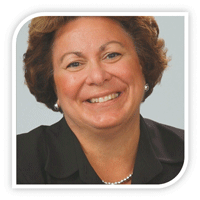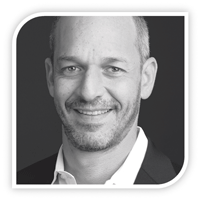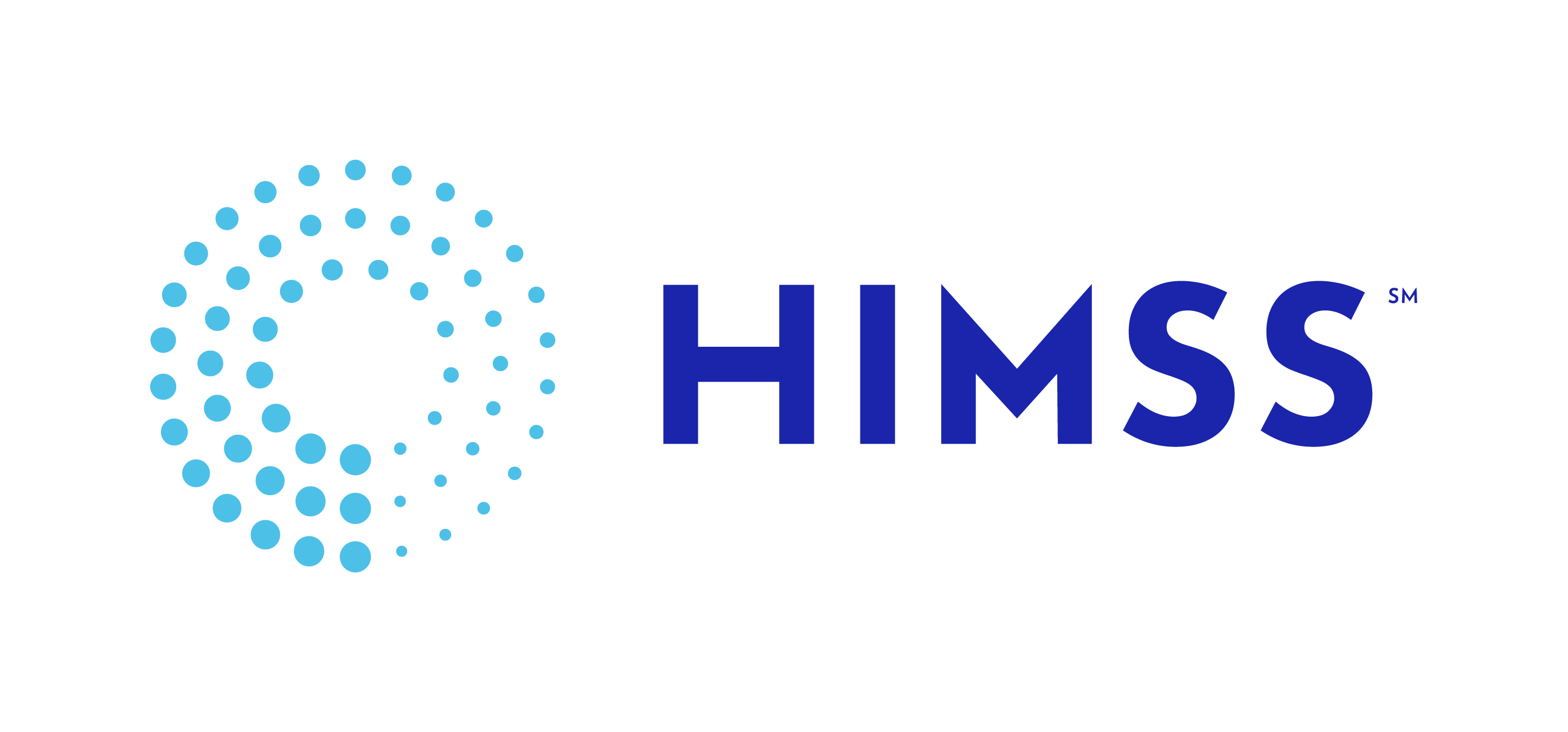Spring 2016Interviews with our Keynote Speakers at our Annual Healthcare IT Conference
IBM Chief Nursing Officer Judy Murphy and Salesforce Chief Medical Officer Joshua Newman
by Trish Mac Donald
Earlier this year, the SoCal HIMSS chapter hosted its annual Healthcare IT Conference on the beautiful UCLA campus. In front of a packed room, prominent speakers from healthcare providers, including Hoag, Martin Luther King, Jr., Healthcare Partners and Cedars-Sinai, discussed current and emerging trends from patient engagement to mobile apps and quality reporting.
We were honored to have two very distinguished keynotes headline this year’s conference: Judy Murphy, Chief Nursing Officer at IBM Global Healthcare, and Dr. Joshua Newman, Chief Medical Officer at Salesforce. Both discussed how healthcare is moving from episodic, transactional events to longer-term, engaged experiences centered around the patient. They both gave us an opportunity to sit down with them and ask some questions about where they see the health IT market heading.
 Judy Murphy, RN, FACMI, FHIMSS, FAAN
Judy Murphy, RN, FACMI, FHIMSS, FAAN
Chief Nursing Officer at IBM Global Healthcare
Judy Murphy is Chief Nursing Officer (CNO) for IBM Global Healthcare, where she helps put together health IT solutions for providers in order to improve health and health care, and lower costs. Prior to this she was CNO and Deputy National Coordinator for Programs and Policy at the Office of the National Coordinator for Health IT (ONC) in Washington D.C. Judy has a long-standing reputation of patient advocacy and maintaining a “patient-centric” point of view, and approaches her work with unyielding energy, as well as passion and commitment to the healthcare transformation enabled by technology.
Here, we talk with Judy about how population health management can improve the overall quality of healthcare.
What do you see happening today that gets you excited?
For most healthcare organizations today, the organizing framework is centered around a population health management model, as they prepare to move toward value-based care and bundled payments. Overall, we’re looking at the patient as a whole and how they are doing with their health or the management of their chronic condition, if they have one. We have to look at the whole population and then think about how we can help keep people in the first and second quadrant. In other words, how we can help patients take control and become more active in their health and wellness. And, help those with chronic diseases adopt better habits for managing their disease.
During your keynote, you mentioned different phases of meaningful analytics–where are we today?
Most organizations are in the foundational stage, they’re generating reports and asking, “what is the data telling me?” The goal and trajectory is to progress to predictive and prescriptive analytics, asking “what is the most likely outcome based on the data,” and then ultimately cognitive analytics.
In the earlier stages, we’re still creating the knowledge base, informing the computer to consider hypotheses and variables. Whereas cognitive analytics uses its own logic. The power in that is it continues to learn and reason, and looks at all the data to tell you about the relationships so you don’t have to hypothesize what’s going on or what the best outcome is.
What are some challenges yet to be addressed?
Getting an infrastructure in place is important. Everyone has been so focused on EHRs and now analytics...but the two don’t have to be tethered together and many organizations are using different platforms. What would be more advantageous is establishing a data model that can easily map all the transactional data from multiple clinical and financial systems to the analytics system in order to normalize the data.
What do you think needs to happen in the areas of measurement and outcomes?
This is where population health management is not going to be something we do after the fact. It’s going to directly impact the care we’re giving right now. If you’re a provider thinking about how to achieve better outcomes, and you have a patient sitting in front of you and you understand their existing conditions and their risks for other conditions, you’ll want to know how to encourage and engage them in their own care with personalized strategies.
Final thoughts—what do you hope patient-centric healthcare looks like 3-5 years from now?
We will start to develop relationships within care teams that are more partner-like. Right now, healthcare is a very episodic event (i.e., annual). This will change as care across the continuum is connected through interdisciplinary care teams and as more patients become engaged in their own wellness strategies and condition management. Of course those with chronic conditions are already starting to feel this way. But overall, we will all look at providers as enablers to health and healthcare--as enablers so we can be the kind of consumers we need to be in order to promote our own health and healthcare.
 Joshua Newman, M.D., M.S.H.S.
Joshua Newman, M.D., M.S.H.S.
Chief Medical Officer and General Manager of Healthcare at Salesforce
Joshua Newman, M.D., M.S.H.S., is Chief Medical Officer and General Manager of Healthcare at Salesforce. Dr. Newman has a 15-year history in Health IT, having designed, built, and managed web applications that have been used to digitalize medical residency administration, billing, and clinical care, to promote collaboration between physicians, and to ease the adoption of electronic medical records systems. In his current role at Salesforce, he leads the strategy and cross-functional efforts on the company's health products, develops partner and customer presence on the Salesforce development platform, and enables health applications for non-profit organizations through the Salesforce Foundation.
We sat down with Dr. Newman to discuss precision analytics and proactive patient engagement.
What do you see happening today that gets you excited?
There has never been a better time, a special time and moment in history where we know exactly what’s going to happen in the most important industry that affects every single one of us. There is so much opportunity and I see things changing and I’m really optimistic.
What are some of the biggest hurdles we still have to overcome, especially in predictive analytics and population health management?
Having a flexible platform that enables end-user value. If there’s a platform that can build a loop between stakeholders and providers, then a business case can be made for bringing the value for the stakeholders.
What do you think needs to happen in the areas of measurement and outcomes?
This is solving a really hard problem: What metrics do we force people to use? I think the best thing to do is establish the right outcomes and processes they want to reward. It creates engagement and allows for innovation--make people compete and figure it out.
What do you hope patient-centric healthcare looks like 3-5 years from now? How are patients themselves shaping what's unfolding?
I see a day when we have systems that take care of people the moment they’re born, all the way through their vitality and health. This has not only medical but social impacts; people become disadvantage very early on in different ways. With where we are heading, we’ll be able to use technology to spot health concerns early on and find new ways to take care of people.
We are in an exciting time for healthcare and it was a great opportunity to have these two distinguished guest keynotes! We hope you can join us next time. Until then, you can download full presentations from all speakers here.
